Top 9 Mistakes to Avoid When Choosing a Litter Box for Rabbit for New Owners
Avoid common pitfalls in selecting a rabbit litter box. Learn the top 9 mistakes new owners make for a happier, healthier bunny home.
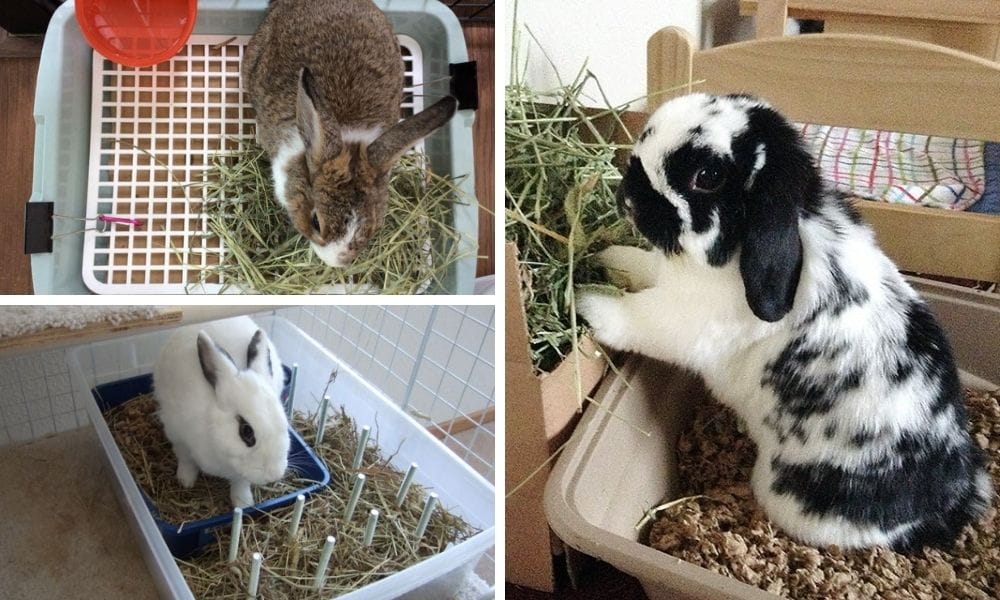
Key Takeaways:
- Choosing the Wrong Type of Litter: Selecting inappropriate litter can lead to health issues in rabbits.
- Improper Litter Box Placement: Location is crucial for encouraging your rabbit to use the litter box.
- Neglecting Regular Cleaning: Consistency in cleaning prevents odor build-up and maintains hygiene.
The Rabbit Litter boxes can be found in most pet stores. Rabbits are charming and relatively easy pets to care for, especially when it comes to potty training. However, new bunny parents often stumble over the same hurdles when setting up their pet’s litter box. Avoiding these common mistakes can lead to a happier, healthier rabbit and a cleaner home.
Mistake 1: Using the Wrong Type of Litter
The litter you choose plays a pivotal role in the overall health of your rabbit. Many new owners mistakenly use cat litter or clumping litter, which can cause serious health issues if ingested. Rabbits tend to eat hay while they’re in their litter box, so it’s crucial to use safe, digestible materials like recycled paper pellets or wood pellets. These are not only safer but also control odor effectively and are easy to clean. Additionally, paper litter is particularly beneficial for controlling odor and being gentle on rabbit's feet, making it an excellent choice when used in combination with pine pellets.
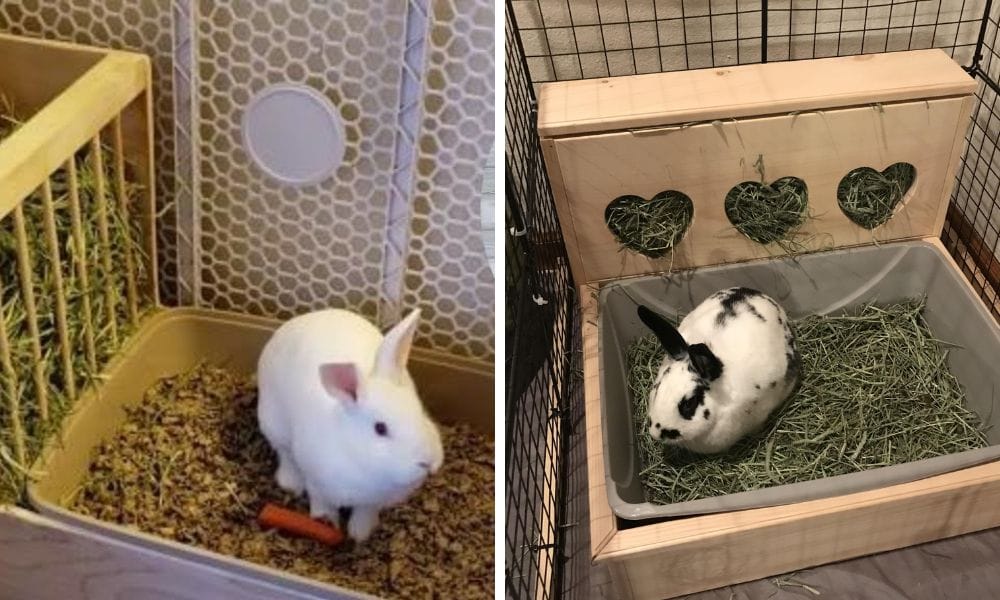
Mistake 2: Incorrect Litter Box Size and Style
When it comes to bunny litter boxes, size and style are crucial to ensure they are specifically suited for rabbits. A common mistake is choosing a box that’s too small, which can discourage your rabbit from using it. Rabbits need enough room to comfortably move around. A large, shallow box is typically best. Covered litter boxes might seem like a good idea for controlling odor, but they can make rabbits feel trapped and anxious.
Mistake 3: Poor Placement of the Litter Box
Rabbits are creatures of habit and prefer to do their business in a quiet, secluded corner of their enclosure. A high-traffic area might discourage them from using the litter box. Additionally, having multiple boxes in different areas of your home can help, especially in larger spaces where your rabbit spends time outside of the cage.
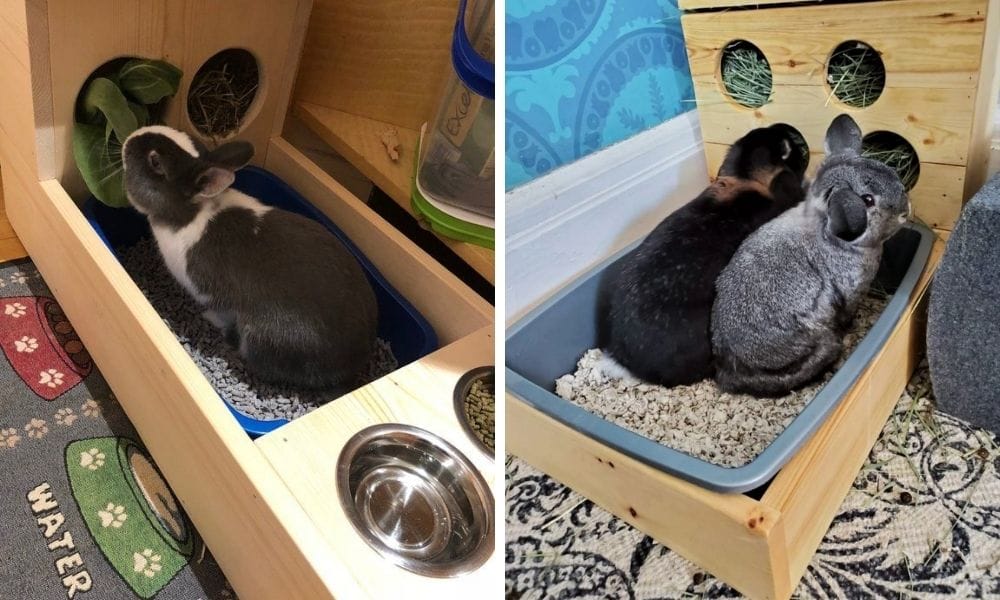
Mistake 4: Inconsistent Cleaning Schedule
Keeping the litter box clean is not just about odor control; it's about health. Rabbits are clean animals and a dirty litter box can lead to diseases or even behavioral issues. It’s essential to scoop the litter box daily and perform a deep clean weekly. This involves replacing all the litter and washing the box with a mild, non-toxic cleaner.
Mistake 5: Not Litter Box Training Your Rabbit
Assuming that pet rabbits will naturally use a litter box without any guidance is a big mistake, much like the misconception about training cats and dogs. Litter box training involves patience and consistent encouragement. Place your rabbit in the litter box after meals and naps, and reward them with treats for using their box. This positive reinforcement helps them understand where you want them to go. The techniques discussed here for litter training pet rabbits are also applicable to other small animals, making it easier to maintain a clean and healthy environment for a variety of pets.
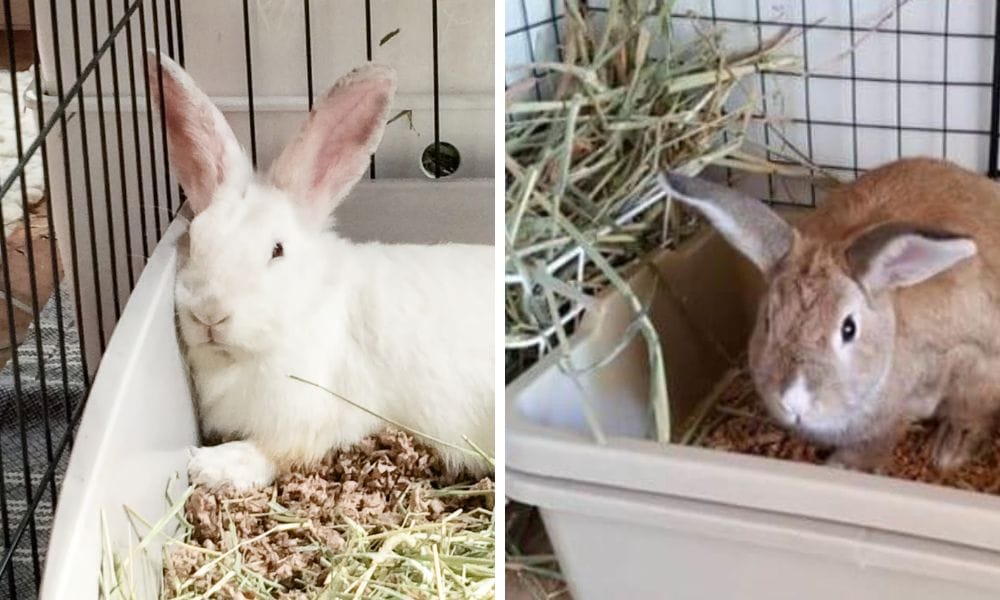
Mistake 6: Choosing the Wrong Litter Material
When selecting litter for your rabbit’s litter box, or 'litter pan' as some customers refer to it based on their reviews, it’s crucial to avoid materials that could harm your fluffy friend. Many new bunny parents gravitate towards clumping cat litter due to its high absorbency and odor control. However, this type of litter can be dangerous for rabbits if ingested, as it can lead to serious digestive issues. Instead, opt for recycled paper pellets or shredded paper, which are safe and effective. These materials are not only easy to clean but also minimize the risk of respiratory problems from dusty litters.
Moreover, while wood pellets might seem like a natural choice, ensure they are untreated and free from harmful chemicals. Rabbits tend to chew on their litter, and the wrong wood pellets can be toxic. Always check with your pet store to confirm that the wood pellets are appropriate for use in small animal litter. Remember, the health of your bunny should always come first, and choosing the right litter material is a step in the right direction to avoid any health complications.
Mistake 7: Neglecting the Litter Box Setup
The setup of the litter box can greatly influence how well your rabbit takes to potty training. A common oversight is using a litter box without enough room for the rabbit to move around comfortably. Rabbits need sufficient space not only to relieve themselves but also to dig and explore without feeling cramped. A larger litter tray or even multiple boxes in different corners of the enclosure can encourage good litter habits and make cleaning easier for you.
Additionally, consider the placement of hay right next to or even inside the litter box. Rabbits often eat hay while doing their business, so having hay nearby can entice your rabbit to use the litter box more consistently. This setup mimics their natural behavior and makes the litter box training process super easy. Always ensure the litter box is in a quiet, low-traffic area of your home to provide a calm and inviting environment for your bunny.
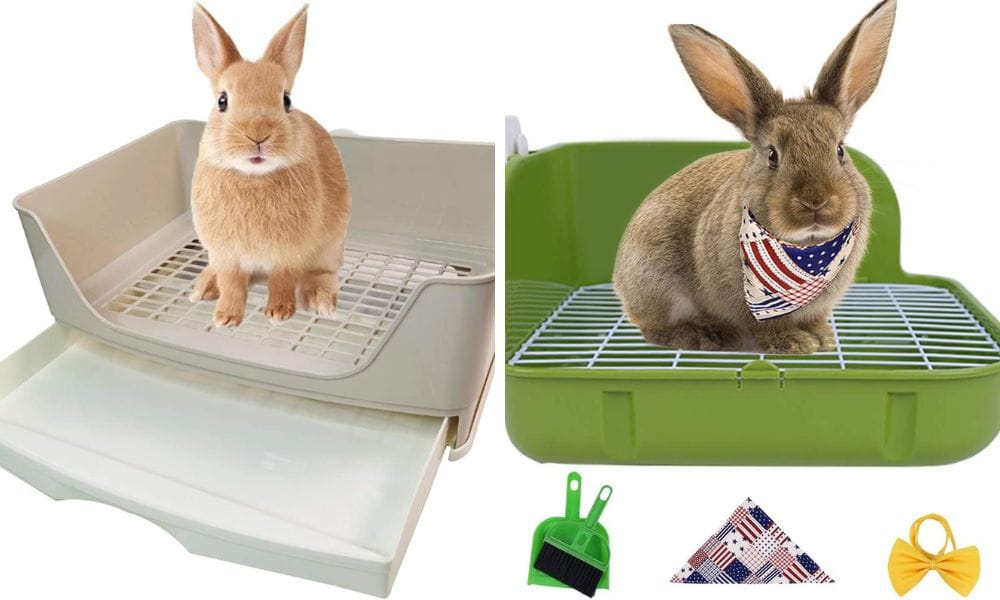
Mistake 8: Overlooking the Importance of Litter Box Accessibility
When setting up a litter box for your rabbit, accessibility is key. Imagine being a bunny parent and placing the litter box in a high or difficult-to-reach area; it’s like putting the cookie jar on top of the fridge and expecting a toddler to behave! Rabbits need easy access to their litter boxes. This means placing it in an area where they frequently spend time and ensuring there are no barriers that might discourage them from using it. If your rabbit has to take a detour to get to the box, chances are they’ll choose a more convenient spot—like your carpet!
Furthermore, consider the internal setup of the litter box. Rabbits, like their wild cousins, prefer a spot that offers a bit of privacy but not at the cost of feeling trapped. A covered litter box might seem like a great idea to manage odor and keep the litter contained, but for some bunnies, it can feel too enclosed. On the other hand, an open box should be deep enough to keep the litter in while still being shallow enough for easy entry and exit. Watch your rabbit’s behavior; if they hesitate or outright avoid the box, it might be time to rethink its accessibility. Ensuring the litter box is accessible is a key step in beginning to litter train your rabbit.
Mistake 9: Ignoring Litter Box Hygiene
Keeping a rabbit's litter box clean is not just about odor control; it's about health. Rabbits are clean animals by nature, and a dirty litter box can lead to a host of problems, including urinary tract infections and respiratory issues due to ammonia buildup from urine. It's crucial to scoop the box daily and perform a deep clean weekly. This involves replacing all the litter, washing the box with a mild, pet-safe detergent, and drying it thoroughly before refilling it with fresh litter. Think of it as resetting a mini ecosystem that keeps your bunny healthy and happy.
Moreover, the choice of litter can significantly impact both the cleanliness of the litter box and your rabbit's health. Paper pellets, for example, are super easy to clean up and are less likely to cause respiratory issues than wood pellets or cat litter, which can be dusty. Always opt for a litter that is absorbent and low in dust. Remember, a clean litter box will not only prevent health issues but will also encourage your rabbit to use it consistently, making litter box training a breeze.
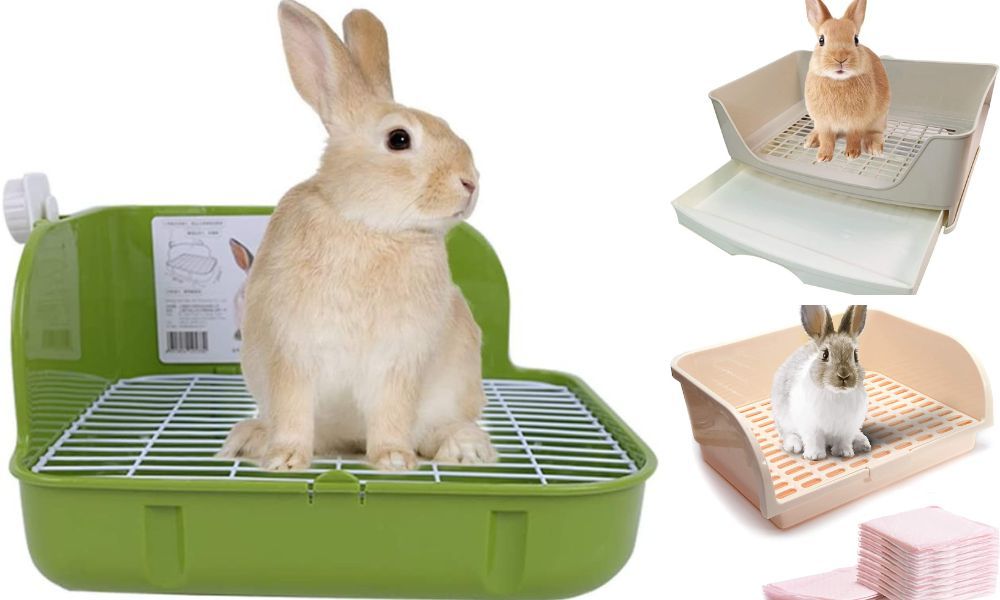
Summary
Avoiding these five common mistakes can drastically improve the litter box experience for both you and your rabbit. Choose the right litter, ensure the box is appropriately sized and placed, maintain a strict cleaning regimen, and invest time in proper training. These steps will help keep your rabbit healthy and your home clean.
FAQ
Q1: What is the best type of litter for a rabbit? A1: When considering the best litter box for a rabbit, paper pellets or wood pellets stand out due to their safety if ingested, effective odor control, and customer satisfaction regarding their performance, ease of cleaning, and durability. These qualities make them ideal choices for rabbit owners looking for a reliable and functional litter solution.
Q2: How often should I clean my rabbit’s litter box? A2: Scoop daily to remove waste and change out the litter completely once a week to maintain cleanliness and prevent odor.
Q3: Can I use a cat litter box for my rabbit? A3: Yes, cat litter boxes are often a suitable size, but ensure it’s shallow enough for easy access and avoid covered models to reduce stress for your rabbit.

